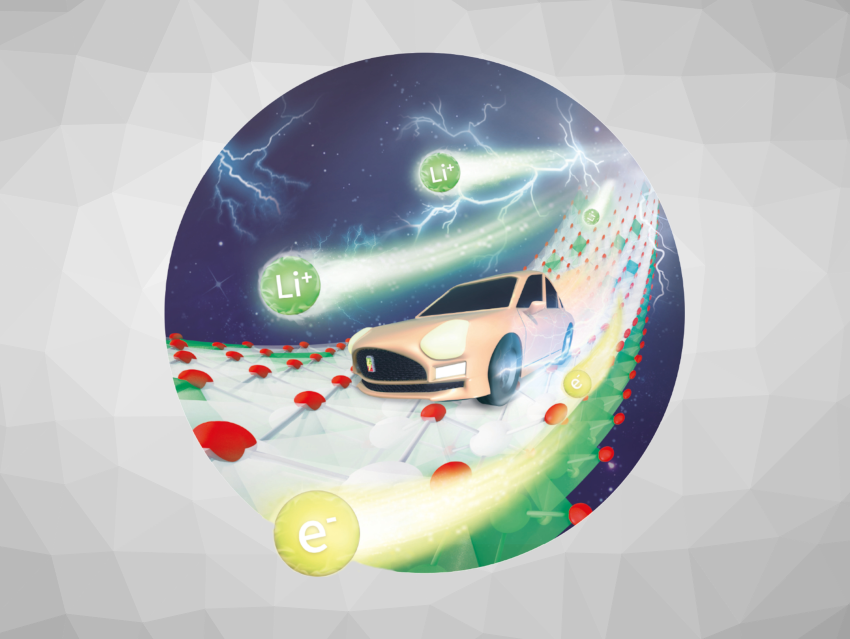In this issue, Andreas Künkel et al. review the sustainable design of structural and functional polymers for a circular economy, and Alexandra Zevalkink et al. summarize research on elastic moduli as a tool for understanding chemical bonding and thermal transport in thermoelectric materials. The Minireviews deal with chemical probes to decipher the biological activities of antifungal agents (Micha Fridman, Kaori Sakurai) and superstructures and microfluidics of interfaces with fluorinated amphiphiles (Christoph A. Schalley et al.). The Highlights discuss a PETase from the human saliva metagenome and its functional modification via genetic code expansion in bacteria (Mirren F. M. White, Stephen Wallace) as well as gold extracted from wastewater as an efficient MOF-supported electrocatalyst (Ana Sofia Varela).
In the original research section, Xiaodong Guo et al. describe how long-range cationic disordering induces two distinct degradation pathways in Co-free Ni-rich layered cathodes (see picture). Ebin Sebastian and Mahesh Hariharan found a symmetry-broken charge-separated state in the Marcus-inverted region in perylenediimide dimers. Xiang-Yu Chen et al. succeeded in the visible-light-induced N-heterocyclic-carbene-catalyzed single-electron reduction of monofluoroarenes. Maddi Sridhar Reddy et al. used propargyl alcohols as bifunctional reagents for divergent annulations of biphenylamines via dual C–H functionalization/dual oxidative cyclization.
- Angewandte Chemie 12/2023: Understanding Bonding,
Angew. Chem. Int. Ed. 2023, 62 (12).



